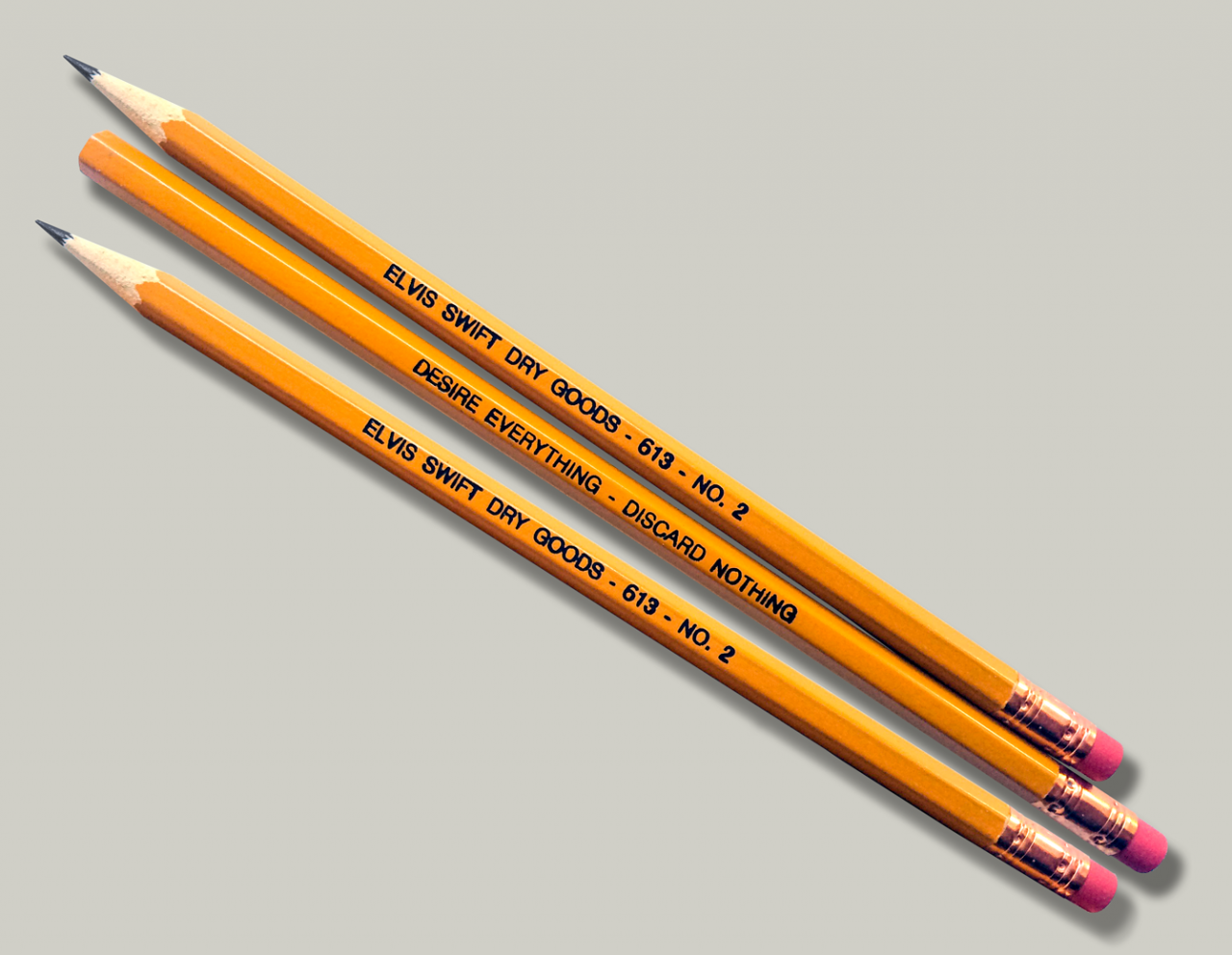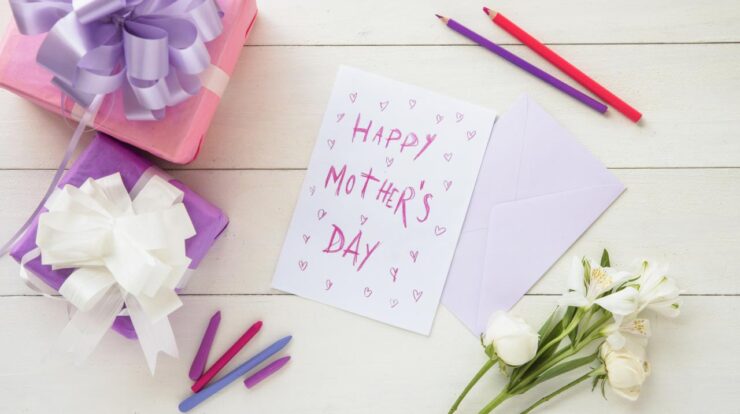
From humble beginnings to widespread use, the pencil definition encapsulates a writing instrument that has left an indelible mark on history. Its unique blend of simplicity and versatility has made it a beloved tool for artists, writers, and everyday users alike.
Composed of a graphite core encased in a wooden barrel, the pencil has undergone remarkable advancements over the centuries, evolving from rudimentary sticks of charcoal to the sophisticated tools we know today.
Definition and Characteristics

A pencil is a writing or drawing instrument that consists of a solid, cylindrical core of graphite or colored pigment encased in a protective casing. The core is typically made from a mixture of graphite powder, clay, and water, which is then baked to create a durable and long-lasting writing material.
Pencils come in a variety of shapes and sizes, with the most common being the round, hexagonal, and triangular designs. The casing can be made from wood, plastic, metal, or other materials, and is designed to protect the core from breaking and to provide a comfortable grip for writing.
Types of Pencils, Pencil definition
Pencils are classified according to the hardness of their core, which is indicated by a grading system that ranges from 9H (hardest) to 9B (softest). Harder pencils produce lighter, thinner lines, while softer pencils produce darker, thicker lines.
In addition to the standard graphite pencils, there are also a variety of specialty pencils available, such as colored pencils, charcoal pencils, and mechanical pencils.
History and Evolution
The origins of the pencil can be traced back to the 16th century, when graphite deposits were discovered in the Borrowdale region of England. Initially, graphite was used in its natural form as a writing instrument, but it was not until the 17th century that the first pencils were developed by encasing graphite in a wooden casing.
Over the centuries, the pencil has undergone a number of advancements, including the development of the mechanical pencil in the 19th century and the introduction of synthetic graphite in the 20th century. Today, pencils are used by people all over the world for a variety of purposes, from writing and drawing to sketching and painting.
Manufacturing Process
The manufacturing process of pencils begins with the sourcing and processing of raw materials. Graphite is mined from natural deposits, while clay and wood are obtained from sustainable sources. The graphite is then purified and mixed with clay and water to create a paste, which is extruded into thin rods.
The rods are then baked in a kiln to harden them, and then they are inserted into wooden casings. The casings are typically made from cedar wood, which is known for its durability and resistance to warping. The pencils are then sanded and finished to create a smooth and comfortable writing surface.
Uses and Applications: Pencil Definition
Pencils are used for a wide variety of purposes, including writing, drawing, sketching, and painting. They are also used in a variety of industries, such as architecture, engineering, and design.
Pencils offer a number of advantages over other writing instruments, such as pens and markers. They are relatively inexpensive, they can be used on a variety of surfaces, and they produce a permanent mark that can be easily erased.
Cultural Significance
Pencils have played a significant role in human history. They have been used to create some of the world’s most famous works of art and literature, and they have been used to document important events and discoveries.
Pencils are also a symbol of education and creativity. They are used by students all over the world to learn to write and draw, and they are used by artists to create beautiful and inspiring works of art.
Environmental Considerations

The production and disposal of pencils can have a negative impact on the environment. Graphite mining can lead to deforestation and soil erosion, and the wooden casings of pencils can contribute to landfill waste.
However, there are a number of sustainable practices that can be used to reduce the environmental impact of pencils. These practices include using recycled materials, planting trees to replace those that are harvested for wood, and using biodegradable pencils.
Epilogue
As we continue to explore the diverse applications and cultural significance of pencils, it is evident that their enduring legacy will continue to inspire and empower generations to come.
Detailed FAQs
What is the core component of a pencil?
Graphite
What are the different types of pencils?
Pencils vary in lead grades, ranging from soft (B) to hard (H), and shapes, including round, hexagonal, and triangular.
What is the environmental impact of pencil production?
Pencil production involves the use of wood and graphite, which can contribute to deforestation and mining practices. However, sustainable practices and the use of recycled materials are becoming more prevalent.





